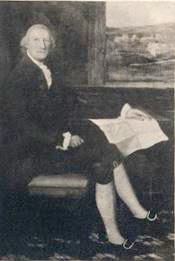 |
| Not a picture of the actual event |
The Erie County Children’s Poultry Show was held
December 30, 1921 to January 1, 1922, in the garage of the E. Lea Marsh
residence, at 609 Wayne Street in Sandusky, Ohio. The event was sponsored by the Erie County Poultry
Association. Edward Lea Marsh, Jr. was the president of the club and Edward
Riedmaier was secretary-treasurer.
An article in the January 11, 1987 issue of the New York Times (subscription required) stated that 150 chickens were brought to the Marsh garage for the show. Edward Lea Marsh, Jr. was born in Sandusky, Ohio in 1911, to Edward Lea Marsh, Sr. and his wife, Elizabeth D.B. (Moss) Marsh. Edward Lea Marsh, Jr. moved to Connecticut to attend school, and later served as a representative to the Connecticut State Legislature for many years. Mr. Marsh was very interested in agriculture and the breeding of livestock. His pioneer farm in Old Lyme, Connecticut was home to several generations of Jersey cattle. Mr. Marsh, Jr. was the grandson of prominent Sandusky businessman Edward H. Marsh (below) and his wife, the former Caroline Lea.

 this blog
this blog























































